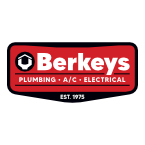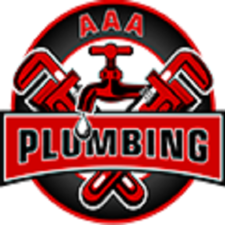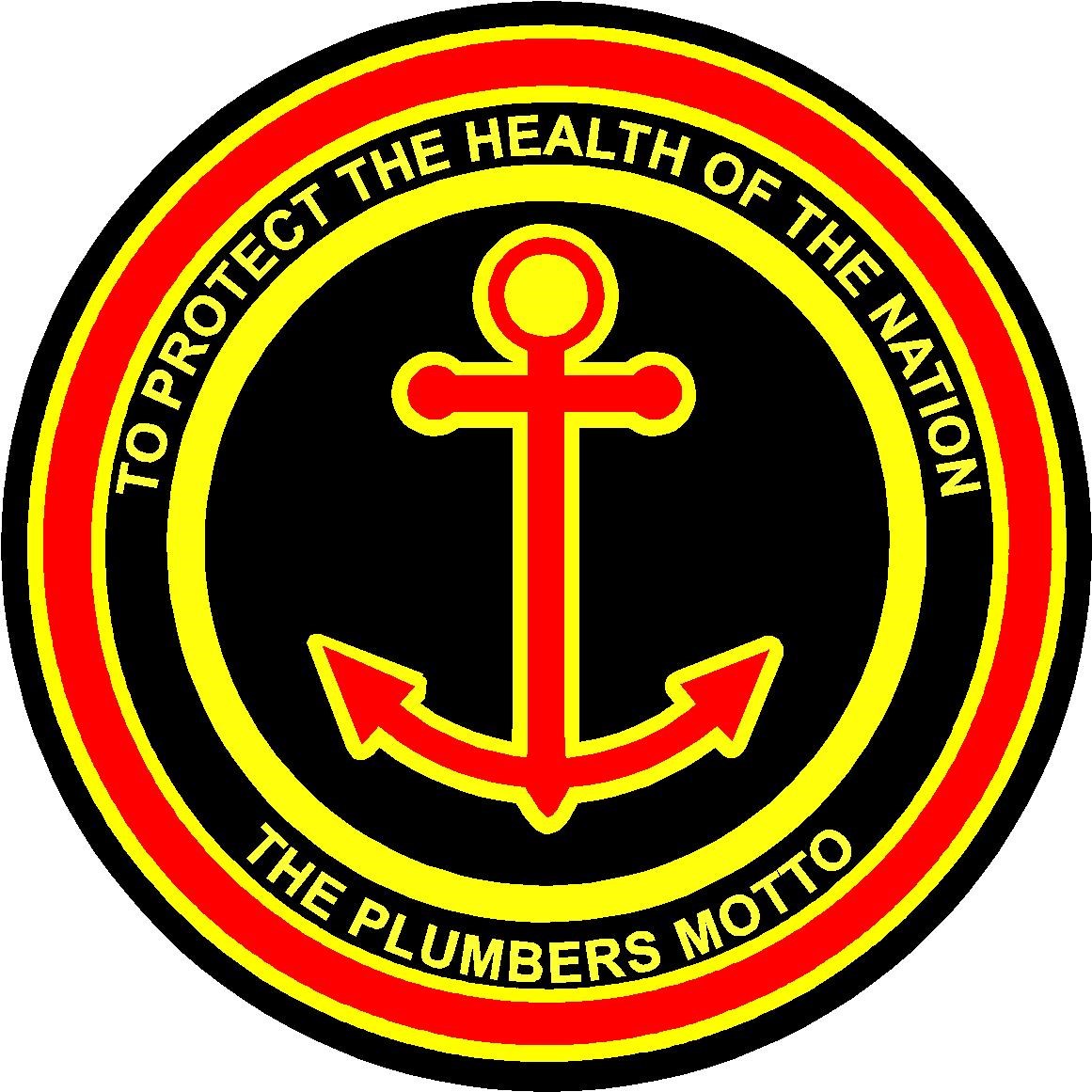
Get matched with top gas log pros in San Augustine, TX
Enter your zip and get matched with up to 5 pros
Need a pro for your gas log service project in San Augustine, TX?
Verified Reviews for Gas Log Service pros in San Augustine, TX
*The Angi rating for Gas Log Service companies in San Augustine, TX is a rating based on verified reviews from our community of homeowners who have used these pros to meet their Gas Log Service needs.
*The HomeAdvisor rating for Gas Log Service companies in San Augustine, TX is a rating based on verified reviews from our community of homeowners who have used these pros to meet their Gas Log Service needs.
Last update on November 27, 2025
Find Gas log pros in San Augustine
Wright's Air Conditioning, Inc.
Wright's Air Conditioning, Inc.
We are the oldest, most widely used business of this type in The Hunt County area. We have been providing quality service and installations for residential and commercial applications since 1945. Our customers always come first. 2015 will mark our 70th consecutive year in business.
We are the oldest, most widely used business of this type in The Hunt County area. We have been providing quality service and installations for residential and commercial applications since 1945. Our customers always come first. 2015 will mark our 70th consecutive year in business.
Hooten's Hardware
Hooten's Hardware
Special financing on Toro lawn products. Sales and service on Toro, Echo, Stihl, and Husqvarna. Master Case knife dealer - over 750 Case knives in stock
Special financing on Toro lawn products. Sales and service on Toro, Echo, Stihl, and Husqvarna. Master Case knife dealer - over 750 Case knives in stock
The homeowners guide to home care is here
From average costs to expert advice, get all the answers you need to get your job done.

Call in the professionals when your delicate drapes need a deep clean. Let's take a look at drapery cleaning costs and which factors can sway the price tag.

Tile and grout cleaning brings your tiled rooms back to life. In this guide, find out the details of how much it costs to hire tile and grout cleaners.

Hiring a house cleaner frees up your schedule and keeps your home spotless. The cost to hire a house cleaner depends on the size of your house, your schedule, and who you hire. Use this guide to understand typical house cleaning prices better.

Does your water taste off? It may be time to clean your water dispenser. Use this guide to learn how to clean a fridge water dispenser.

Tired of finding hard water stains around your home? Learn how to remove hard water stains from toilets, shower doors, counters, and more.

Steam cleaning can be an effective way to disinfect your home. We explain what steam cleaning is, what you can steam clean in your home, and when to avoid it.





